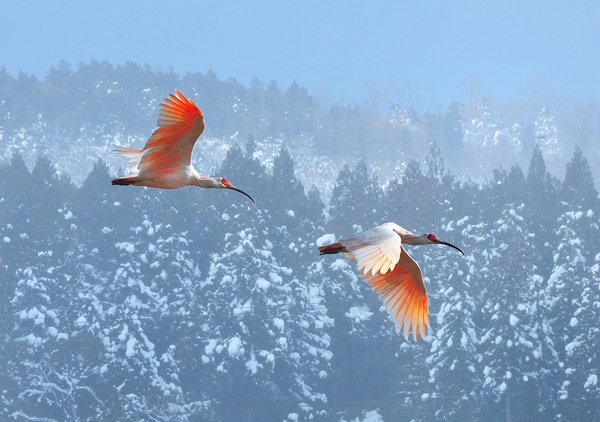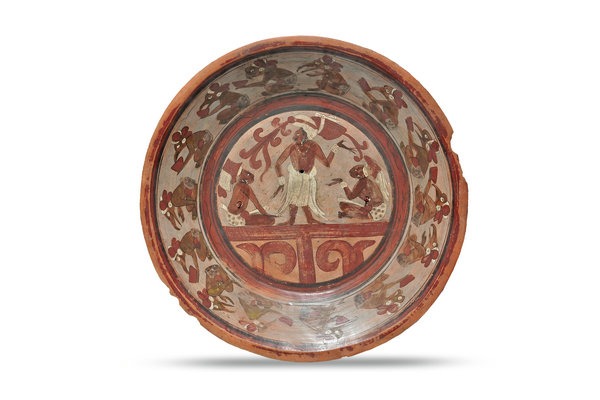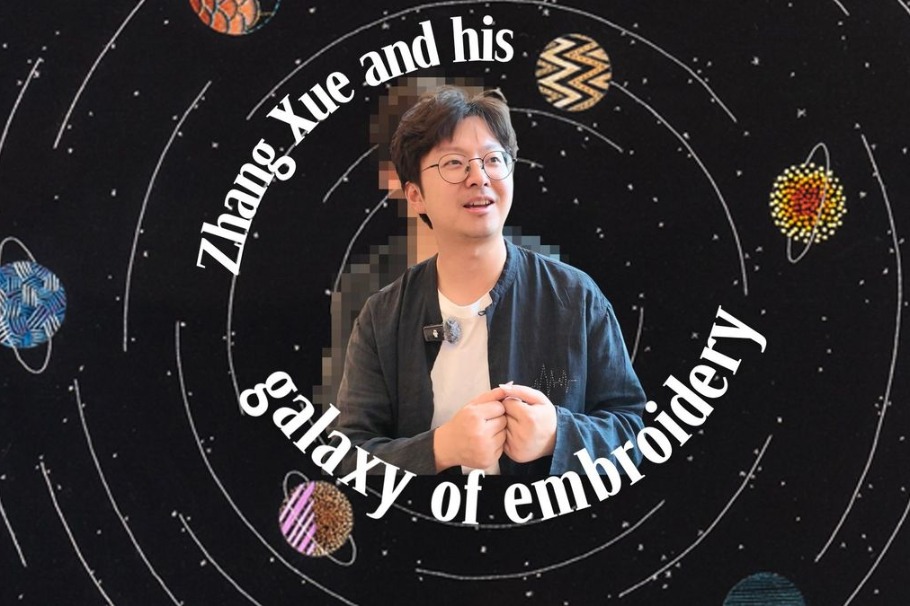And then there were some


Seventy years ago a young teacher in Japan began to chronicle the slow disappearance of an incredibly beautiful bird. It was a tale that seemed to have only one possible ending.
Four pretty birds, sitting in a tree.
One flew away and then there were three.
Three pretty birds, looking at you
One flew away, and then there were two.
Two pretty birds, sitting in the sun
One flew away, and then there was one.
One pretty bird, sitting all alone
It flew away, and then there were none.
That kind of nursery rhyme, with its mechanical countdown, has long been a staple in teaching children to count. The image of a few cheerful birds individually taking leave of one another adds to its charm and its usefulness.
Just for a moment, let's imagine that each bird does not "fly away" to parts unknown but simply disappears. The nursery rhyme then becomes a little darker. Let's say, too, that the birds are the crested ibises. Suddenly we no longer have a jolly nursery rhyme but a grim real-life tale of a magnificent bird's dreaded fate.
Reading between the lines, this tale tells not only of the birds, but of people who throughout the centuries have been entranced by their beauty. It tells of the tears these bird lovers shed as they tried to save the bird from extinction but watched as its numbers fell inexorably toward zero.
But rest assured, as with all the best fairytales, this one has a happy ending-or at least a mostly happy one. And of course there is a moral to the tale: unless humans heed messages of caution, restraint and protection, there will be many other species to farewell, with the sadness and tears it brings.
Someone who knew all about that was the Japanese author Teruyuki Kobayashi, who wrote the non-fiction book Last Words of the Crested Ibis in the 1990s, recounting the pain that Japan endured in trying-unsuccessfully-to protect the species.
The book, which has recently been published in Chinese, also recounts the crested ibis' more gilded fate in China, talking about the highs and lows, and outlining the precious lessons to be learned.
The crested ibis has white feathers, a red head and a black slender beak with a dash of red at the apex. In flight it puts on a full display of its beauty, its open wings throwing off tinges of orange, pink and red, a perfect complement to the flow of a setting or rising sun.




































